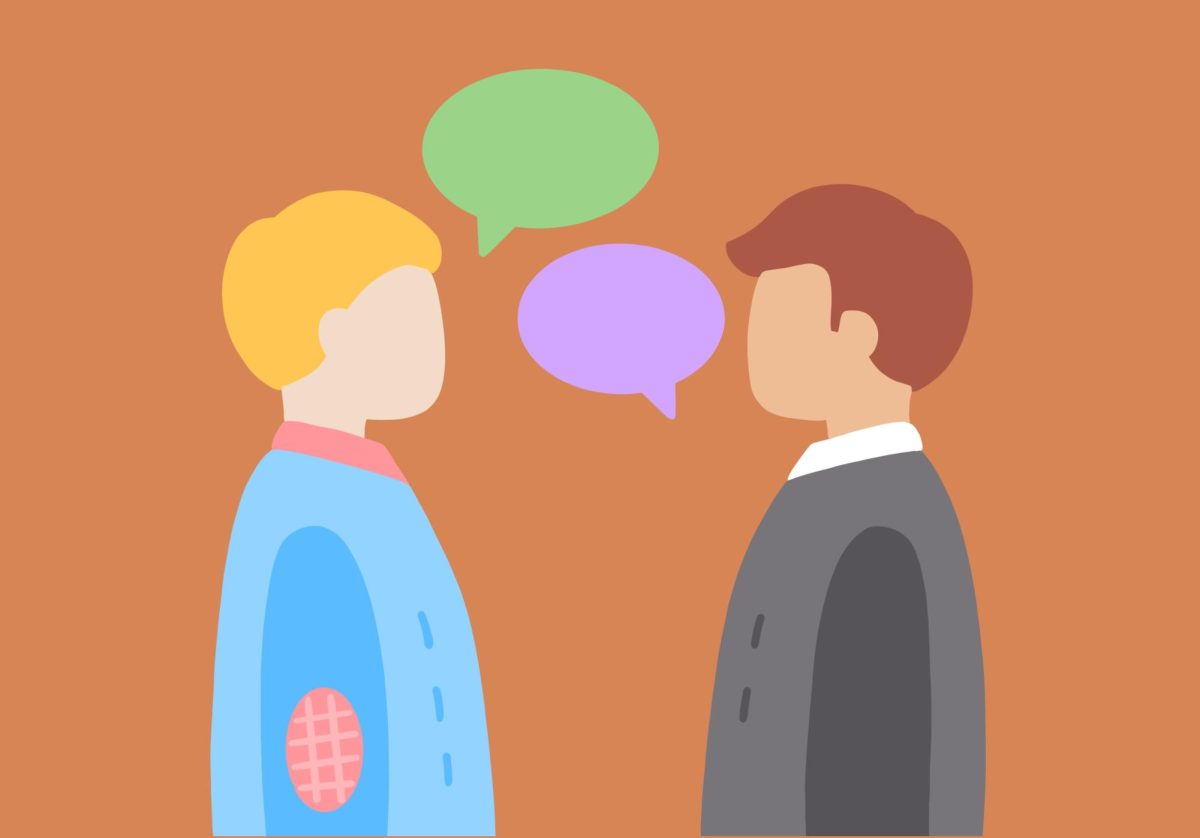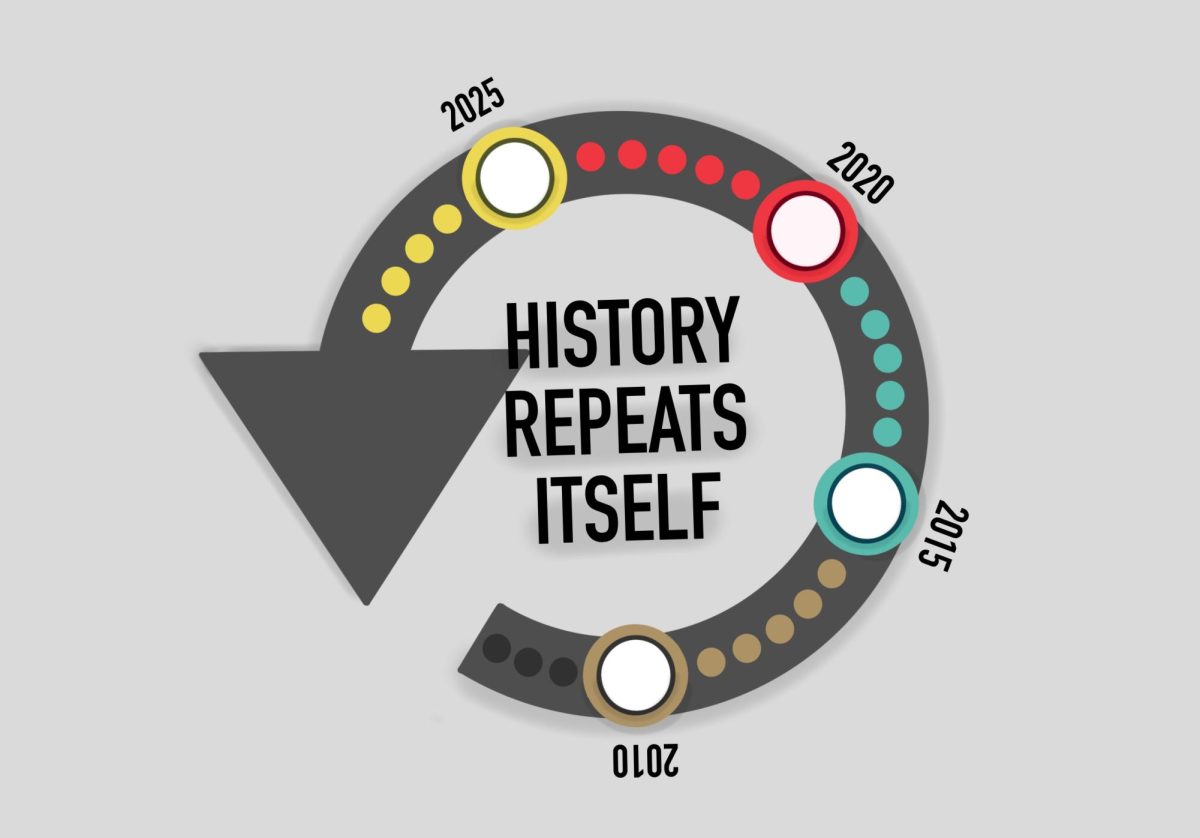A paper published Oct. 27 in Current Biology stated that rehearsing sights, sounds and memories before sleep can help reduce the occurrence of bad dreams in people plagued with recurring nightmares. These strategies have the potential to help people with other psychiatric disorders such as PTSD, according to the authors.
The researchers who conducted this study combined the existing imagery rehearsal therapy (IRT) strategy with sound cues during sleep to trigger memory activation by way of targeted memory reactivation (TMR). In practice, this involves training yourself to recall positive imagery that would help resolve your nightmare when you hear a sound. That way, when the sound is played while you sleep, the memories of your positive imagery are reactivated.
TMR has also been shown to be effective in other contexts. It can occur when a smell reminds you of a memory you thought you had long forgotten, or when you remember course material better when you take an exam in the same spot you learned the material.
The Current Biology paper also states multiple studies have shown that TMR during the rapid eye movement stage of sleep — the primary dreaming stage — can enhance memory.
The researchers said this combined therapy has the potential to help the 30% of people with Nightmare Disorder (ND) whose nightmares do not improve with IRT alone. Their study concluded that adding TMR to IRT strategies was able to help individuals with ND have fewer nightmares and more positive emotions in their dreams.
While this study included a very small number of people, only 18 people per study group, the implications of this type of work could apply to broad groups of people. Individuals with PTSD often experience recurring nightmares and negative emotions during sleep, so this type of therapy could really make a difference for them.
Another major positive of this type of therapy is that it is drug free. Individuals struggling with nightmares and other sleep disorders often look for medications, supplements or other chemicals to help them, but these strategies are often met with side effects that may not be feasible for a long-term use scenario.
Also, combined IRT and TMR therapy has the potential to be integrated into available technology that many people keep near their beds. For instance, in the future, one could set up imagery rehearsal with sound on an app on their phone or on a smart noise machine, which could then play the sound during sleep automatically.
Apps already exist that use sound to help individuals fall asleep through meditation practice, music or stories read aloud by calm voices. The app Calm employs this strategy by providing guided meditations, music and “sleep stories,” and it is an example of an app that could potentially integrate with custom IRT and TMR therapy in the future.
The study referenced here does not include an in-depth look at what types of sound would be most effective, or how this strategy may have to be adjusted for different populations of people or individuals with different dream or sleep disorders. There is a lot of science left to do to figure out who can benefit from IRT with TMR and how best to use it, but there is hope from this early study.
Perhaps it would be wise to hold off on flipping through happy flashcards to the soundtrack of your favorite Disney film before bed every night and then annoying your neighbors with an eight-hour repeat of that soundtrack. Perhaps for the time being, it could be beneficial to turn on your white noise machine while you rehearse your positive imagery of how your dream, test or interview will go before you drift off to sleep. Let me know how it goes.
Would you like Allison to follow up on this topic or explore something specific? Contact her at [email protected] with questions, comments or story ideas.














